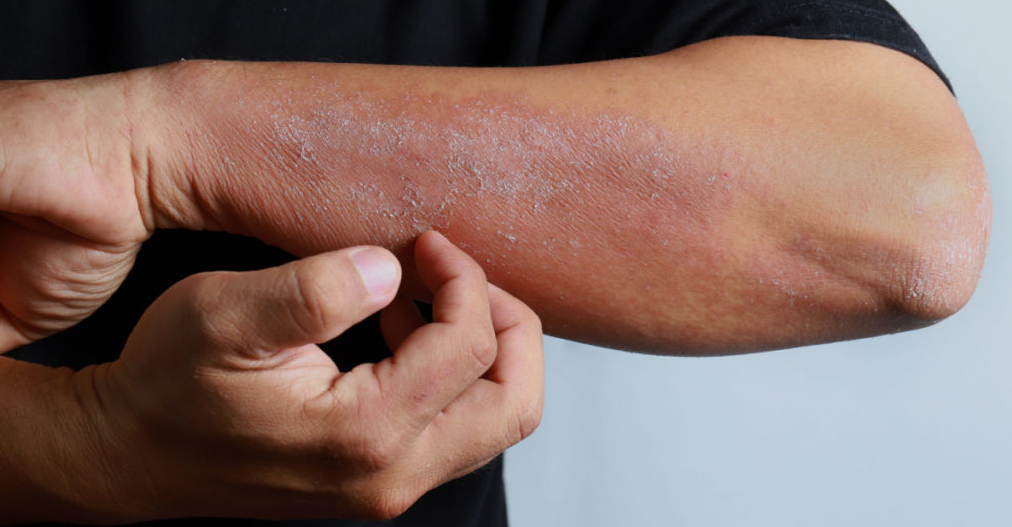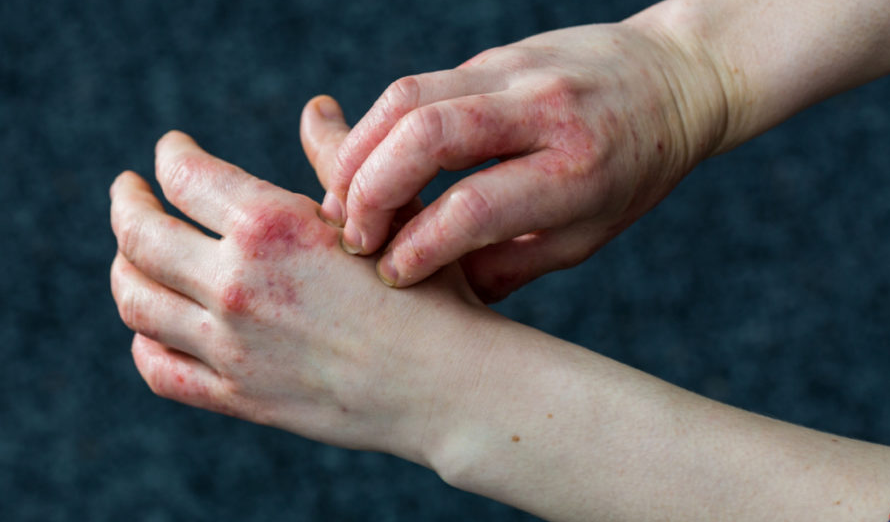When the summer comes, you’ll no doubt want to spend more time outside, soaking up the sun. However, it can be difficult to fully enjoy your time outdoors if you’re constantly worrying about your eczema outbreak. Dyshidrotic eczema is prevalent in the spring, and if you’re experiencing small, itchy blisters on your body, you may just have this common form of eczema. Though eczema isn’t necessarily curable (yet), it is definitely manageable, and the first step to feeling better is to learn as much as you can about what’s going on with your body and take educated steps to heal it.
What is Eczema?

Eczema is the name given to a group of diseases that cause inflammation of the skin. It is also often called Dermatitis. Eczema on hands and elsewhere in the body is a chronic problem for many people. Seventy percent of those cases start in children younger than 5 years of age. As an eczema flare-up occurs, the skin will become red, itchy, and swollen with fluid-filled bumps that sometimes ooze and crust. Eczema is often due to an allergic reaction, and it is not contagious. It can also be hereditary, but it is not curable. Flare-ups are, however, successfully managed with treatment. There are several different types of eczema, and they all affect the body differently, one of the most common being dyshidrotic eczema.
What is Dyshidrotic Eczema?

Dyshidrotic eczema, a common type of eczema, causes small, intensely itchy blisters to form on the edges of the fingers, toes, palms, and soles of the feet. Dyshidrotic eczema is associated with seasonal allergies, and, due to this, the blisters are more likely to erupt in the spring. These blisters can be very painful, and can sometimes take weeks to disappear.
In case you haven’t heard of this type of eczema before, don’t fret, it does have a few other names that it goes by, including:
– edopompholyx (affects the feet)
– Cheiropompholyx (affects the hands)
– Vesicular palmoplantar eczema
– Dyshidrosis
– Foot-and-hand eczema
– Dyshidrotic dermatitis
– Vesicular eczema
– Pompholyx

